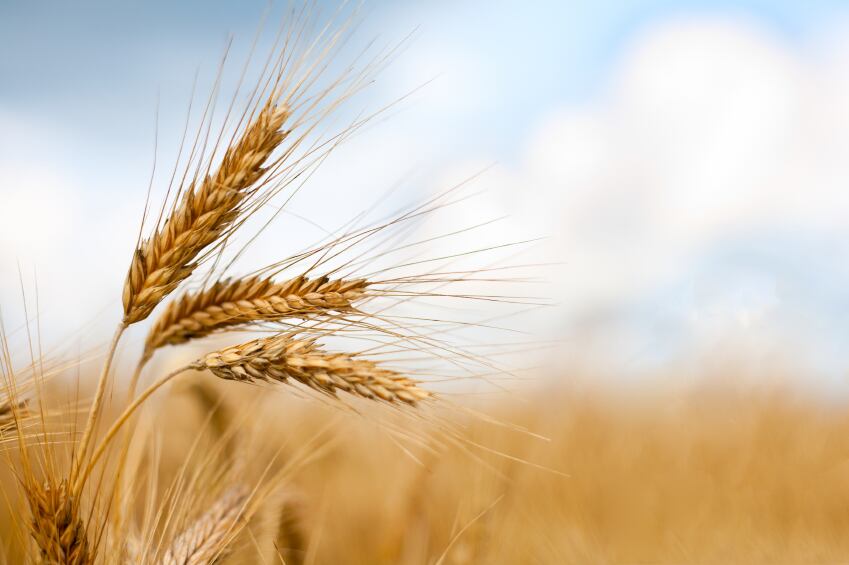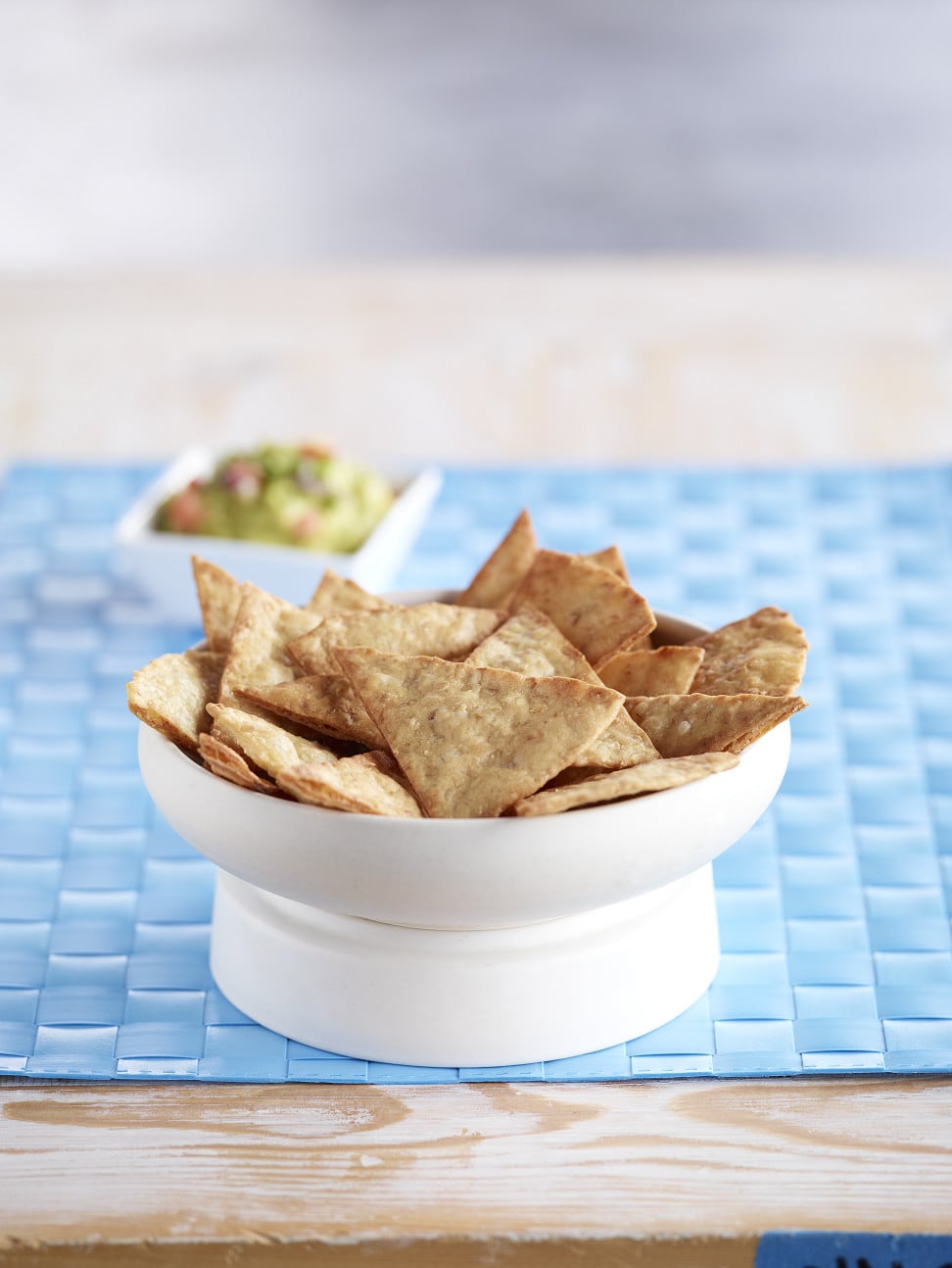“I have my theories about why barley is always a bridesmaid, never a bride,” Harriman said. “One is that it falls somewhere in the middle on the grain spectrum. We have the go-to group of grains we know really well, which includes wheat, rice, oats and corn. Then there are the darlings of the ancient grain group, where we have kamut, teff, quinoa and amaranth. And kind of forgotton in the middle are barley and sorghum.”
Sorghum has also recently come to the fore, given its status as a gluten-free grain; plus, it benefits from being neutral-tasting and inexpensive because it’s widely grown, she noted.

Long list of benefits
Barley is the highest in fiber of all the whole grains, with common varieties at 17% fiber, compared to wheat, which is around 11%. Some, such as the variety called Prowashonupana barley, marketed by Conagra as Sustagrain, have fiber levels of up to 30%. Barley is especially high in the soluble fiber known as beta-glucan (also found in oats), which is believed to lower both overall and LDL cholesterol.
Whole grain barley is high in antioxidants, protein, vitamins and minerals—though much of the barley eaten in the U.S. is pearled, which means is missing some or all of its bran layer. The hulled (which keeps bran loss to insignificant levels), and hull-less (hull) varieties are considered true whole grain barley.
And yet, a quick search on the Whole Grains Council “whole grain stamp” product database revealed to Harriman that although it is found in numerous products—such as hot cereals, granola, 9- and 12-grain items, and muesli, in addition to baked products in flour form—barley is typically relegated to the middle of the pack. The few bright spots were barley’s inclusion as one of the first four ingredients in Tostito’s recently launched whole grain blend as part of its Artisan line and Cascadian Farms’ dark chocolate almond ancient grain granola.
Harriman suspects it could be because ultra high-fiber ingredients can affect the sensory characteristics of products—put bluntly, consumers think it tastes gnarly—which is cause for not drawing attention to it on the label. It also could be because barley simply isn’t readily thought of when it comes to human consumption. Like millet, barley has been known to be associated with animal feed.
“Just about any grain can be incorporated into anything. Yet we don’t tend to think this way,” Harriman said. “When we’re told to eat more whole grains, we just eat more whole wheat. We forget there are all these grains out there that can be used in different ways.”

Versatile, with a history of some formulation challenges
Barley is available in whole kernel, cut, flakes, crushed and flour forms. Its mildly sweet flavor works well in both savory and sweet applications. Cut or whole kernel are typically incorporated into in soups, side dishes or to add texture to bread. Flakes work well as a hot cereal or can be used to make granola for ready-to-eat cereals or snack mixes. Flours can be used in many applications, from breads to cookies. Challenges have been reported when it comes to formulating breads with barley, especially in breads—with some research suggesting it decreases the quality of bread, specifically volume.
But Elizabeth Arndt, director of R&D at ConAgra Foods, told us it’s all about choosing the right ratio of barley, depending on the ideal characteristics of final product.
“Barley doesn’t have same functional gluten that wheat does. So if you’re making bread, you have to be mindful of amount of barley you use. We often suggest starting with 10% of our Sustagrain ingredient, up to 25% depending on kind of bread you’re making,” she said. “If you’re talking about a product that’s chemically leavened like muffins or cookies, you can replace higher levels because those products don’t rely on gluten so much for structure.”
Elevating barley to ‘cool’ status
So what’s the secret to getting consumers to jump on the barley bandwagon? Harriman said there’s potential to pull from barley’s rich food history—it was one of the first domesticated grains in the Fertile Crescent, was part of ancient religious rituals that extended into the Middle Ages and was even considered a special food of gladiators.
“Any food does well when tied in with history. Look at khorasan kamut,” she said.
And maybe the association with beef and barley soup isn’t such a bad thing, as Harriman notes that the retro allure of comfort food will always attract consumers.
“It’d be great to see barley elevated to ‘cool’ status,” Arndt added. “I do feel somewhat jealous of quinoa, though I’m happy it’s getting so much attention. I think often, what about our 'small' grains? Small as in we don’t eat much of them, like barley and rye, but they’re so healthful. You won’t find many grains with as much soluble fiber as barley and rye.”
For even more on Super Grains:
Gallery: 10 ancient grains to watch
Make the most of ancient grains with blends: Bay State Milling
